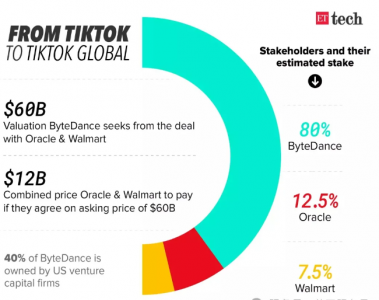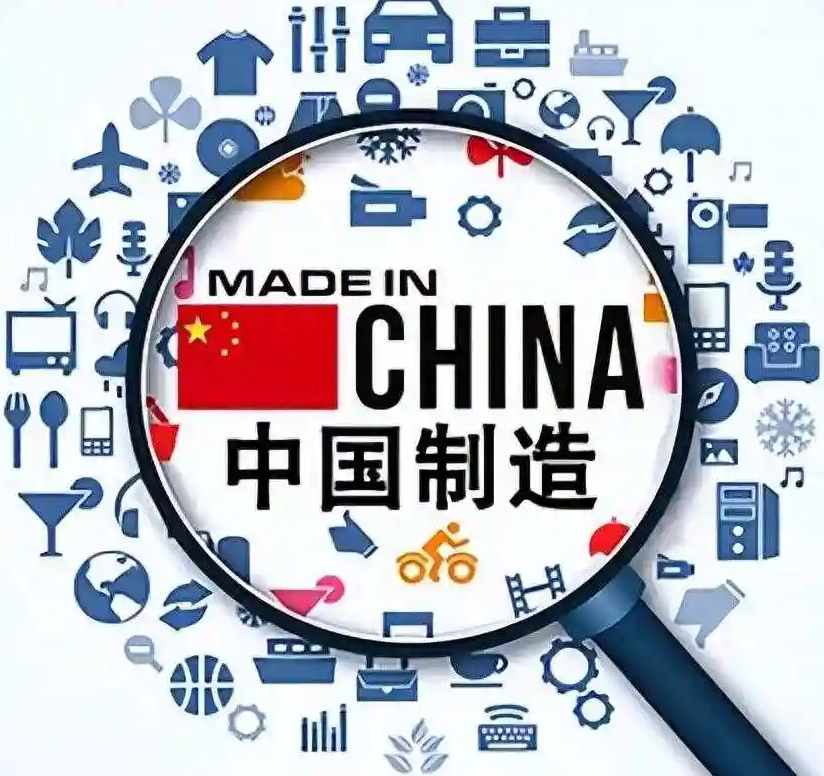The Future of Global Trade Under Donald Trump: Shifts, Challenges, and Opportunities
Since taking office in 2017, former President Donald Trump made clear his intent to reshape the global trading landscape, emphasizing a “America First” trade policy. Under his administration, trade was no longer seen as an arena for international cooperation but as a battleground for national interests. While Trump’s direct influence over trade policy has waned since leaving office in 2021, his legacy continues to shape global trade dynamics. This article explores where trade is headed under Trump’s influence, analyzing the shifts in U.S. trade policy, the economic and political implications of his approach, and the opportunities and challenges it presents moving forward.
A New Era of Protectionism and Nationalism
Trump’s trade policies were characterized by protectionism and a move away from multilateral agreements. His administration’s approach focused on reducing trade deficits, bringing manufacturing jobs back to the U.S., and countering what he perceived as unfair trade practices by countries like China.

1. Tariffs and Trade Wars: A Weapon of Choice
One of the defining features of Trump’s trade policy was his aggressive use of tariffs. The most high-profile example was the ongoing trade war with China. In 2018, the Trump administration imposed tariffs on over $370 billion worth of Chinese goods, accusing China of intellectual property theft, forced technology transfers, and unfair trade practices. In return, China levied tariffs on U.S. goods, leading to economic disruptions on both sides and a rethinking of global supply chains.
Trump’s use of tariffs extended beyond China. His administration imposed tariffs on steel and aluminum imports from the European Union, Canada, and Mexico, arguing that these measures were necessary for national security reasons. These actions were a clear departure from the more free-market approach that had characterized previous U.S. trade policy.
Though the Biden administration has not fully reversed Trump’s tariff policies, the long-term implications are clear: tariffs, especially on China, may remain a tool for managing trade relations for the foreseeable future.

2. Trade Agreements: Renegotiation and Bilateral Deals
Trump’s skepticism of multilateral trade agreements, such as the Trans-Pacific Partnership (TPP), led to a pivot towards bilateral trade deals. The United States withdrew from the TPP in 2017, a move that critics argued diminished U.S. influence in Asia. However, Trump succeeded in renegotiating the North American Free Trade Agreement (NAFTA), which became the United States-Mexico-Canada Agreement (USMCA) in 2020. The new agreement incorporated provisions related to digital trade, intellectual property, labor rights, and the automotive industry, among others.
The focus on bilateral agreements also extended to Europe and Asia, as Trump sought to cut trade deals that were tailored to American interests. Though the overall success of these deals remains a subject of debate, they signaled a departure from the globalist approach championed by previous administrations.
3. A Shift Toward “Decoupling” from China
Perhaps the most profound impact of Trump’s trade policies has been the push toward decoupling the U.S. economy from China. Trump’s rhetoric on China included framing the country as both an economic rival and a geopolitical adversary. His administration placed significant pressure on U.S. companies to reduce their dependence on Chinese manufacturing, citing concerns over security, intellectual property theft, and economic dominance.
Although the Biden administration has not completely dismantled the economic relationship between the U.S. and China, the decoupling trend continues to influence both trade and investment strategies. Companies are increasingly looking to diversify supply chains away from China, turning to countries like Vietnam, India, and Mexico as alternative manufacturing hubs.
The Political Economy of Trump’s Trade Legacy
1. Economic Nationalism: Reviving American Manufacturing
A core tenet of Trump’s trade agenda was the promise to revive American manufacturing. By imposing tariffs and encouraging U.S. companies to bring jobs back to the U.S., Trump aimed to reduce dependency on foreign goods and stimulate domestic production. However, critics argue that these policies often led to higher prices for consumers and strained relationships with trade partners, without delivering the anticipated economic benefits.
Despite these criticisms, the “America First” approach did bring attention to the need for reshoring certain industries, particularly in critical sectors like semiconductors, steel, and pharmaceuticals. The pandemic highlighted vulnerabilities in global supply chains, prompting some companies and governments to reconsider the risks associated with over-reliance on foreign production.
2. The Rise of Economic Populism
Trump’s trade policies resonated with a significant portion of the American electorate, particularly in regions that had seen a decline in manufacturing jobs. The rhetoric of “fair trade” and the focus on protecting American workers was aimed at addressing the economic dislocation caused by globalization. While Trump’s protectionist policies were controversial, they tapped into broader sentiments of economic populism that continue to shape domestic political discourse.
In many ways, Trump’s policies reflected the growing divide between urban, tech-driven economies and traditional manufacturing regions. The rise of populism in the U.S. and Europe has led to calls for more protectionist trade policies and a reevaluation of free trade’s benefits, especially in the face of rising inequality and job displacement.
What Does the Future Hold?
1. Continuation of Trade Wars and Tariff Policies
Though the Biden administration has attempted to pivot to a more traditional approach to trade, many of Trump’s tariffs, especially on China, have remained in place. The challenge of dealing with China—both in terms of trade imbalances and intellectual property concerns—will likely continue to dominate U.S. trade policy. Given the rise of geopolitical tensions with China, it is plausible that tariffs and trade wars could continue to be a feature of global trade for the next decade, with occasional flare-ups between the U.S. and other nations.
2. Regional Trade Blocs and the Shifting Geopolitical Landscape
Trump’s disdain for multilateralism could continue to steer the world toward more fragmented trade relationships. Trade blocs like the European Union, the Regional Comprehensive Economic Partnership (RCEP), and the U.S.-Mexico-Canada Agreement could become the norm, as countries move away from global frameworks like the World Trade Organization (WTO). As regionalism becomes more prominent, trade rules may become increasingly complex, and businesses will need to adapt to varying regulations and market conditions across different regions.
3. The Role of Technology and Digital Trade
In the post-Trump era, the rise of digital trade and e-commerce will be a central focus. Trump’s policies on intellectual property, technology, and cybersecurity laid the groundwork for future debates on digital trade. As technology continues to advance, the rules around data flows, digital taxation, and e-commerce will be crucial for the next generation of trade negotiations.
Conclusion
Though Donald Trump’s presidency has ended, his approach to trade—marked by protectionism, tariffs, and a focus on national interests—has left an indelible mark on global trade relations. Moving forward, trade is likely to become more fragmented, with a continued emphasis on bilateral deals, regional trade blocs, and efforts to decouple from China. The evolution of technology and the future of American manufacturing will also shape the next phase of trade policy.
Trump’s legacy in trade is not one of simple success or failure but one of profound transformation. Whether his influence continues to grow or fade in the years to come, the ripples of his trade agenda will be felt for years to come as nations navigate a more uncertain and competitive global economy.





Recent Comments